2025 Worlds Report Card: United States
Beyond the gold medal, how did Team USA perform at the 2025 Worlds?
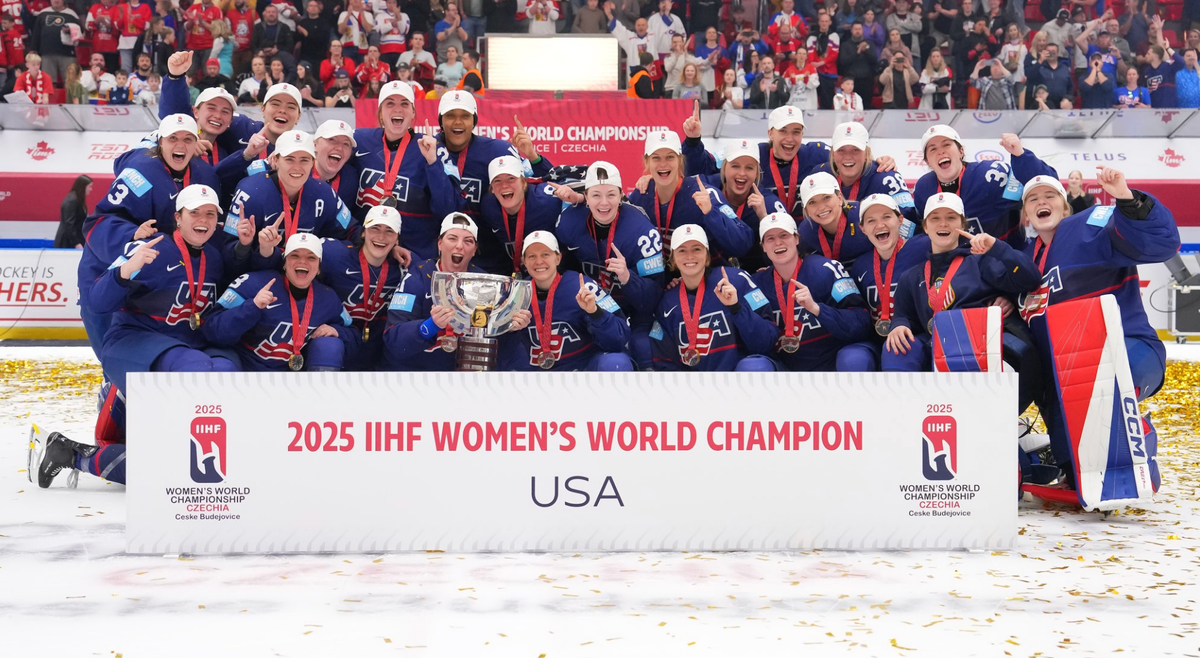
The United States is golden again. They went undefeated en route to the gold medal overtime win over Canada, outscoring their opponents 27-6 across seven games. Now, it’s time to look at how Team USA held up beyond the results, from their tournament MVP to grades for their offense, defense, and goaltending.
Quick Recap
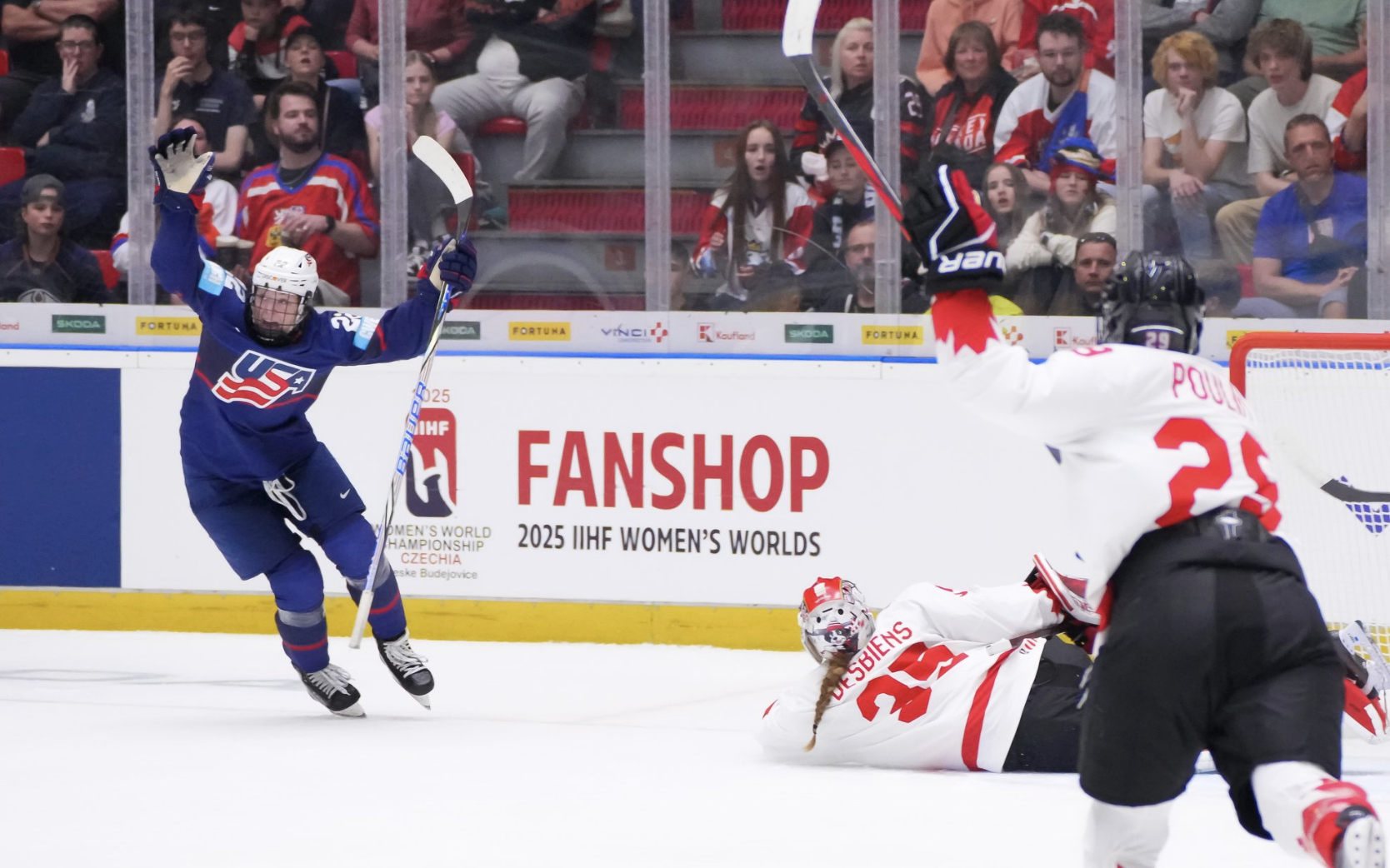
The Americans became the first team since 2021 to go undefeated at a Women's Worlds tournament. They made relatively easy work of the preliminary round, downing Finland 7-1, Czechia 4-0, Canada 2-1, and Switzerland 5-0. Then, they bested Germany 3-0 in the quarterfinals before outlasting Czechia in the semis, 2-1, and finally toppling Canada 4-3 in overtime to win gold.
Tournament MVP
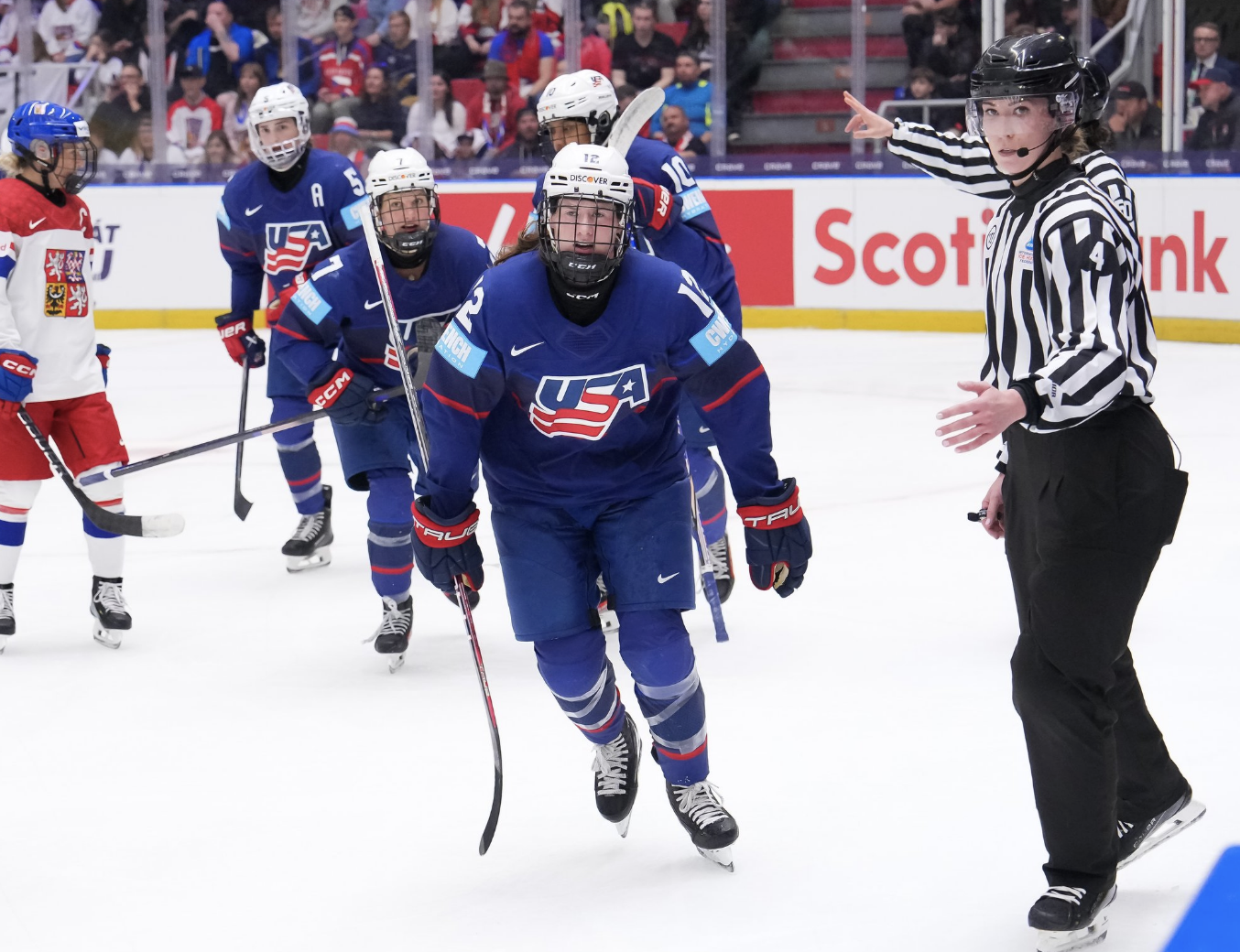
Kelly Pannek.
I wasn’t expecting Pannek to be in contention for this before the tournament began, but the longtime national team member made her seventh Worlds her best one. She’s typically the quiet yet reliable player every roster needs, but this wasn’t a quiet tournament for her. She tallied four goals, including two game-winners in the quarterfinals and semifinals, plus four assists in seven games. That put her into a four-way tie for fourth place in points this tournament. It was her first international tournament since the 2013 U18 Worlds, where she played at a point per game pace. She centered Team USA’s third line, which was perhaps their best, and made the most of somewhat limited minutes, averaging 13:26 per game. Even with the increased offense, she still kept that calm reliability that has long kept her on the roster. The United States doesn't win gold without her.
Offense
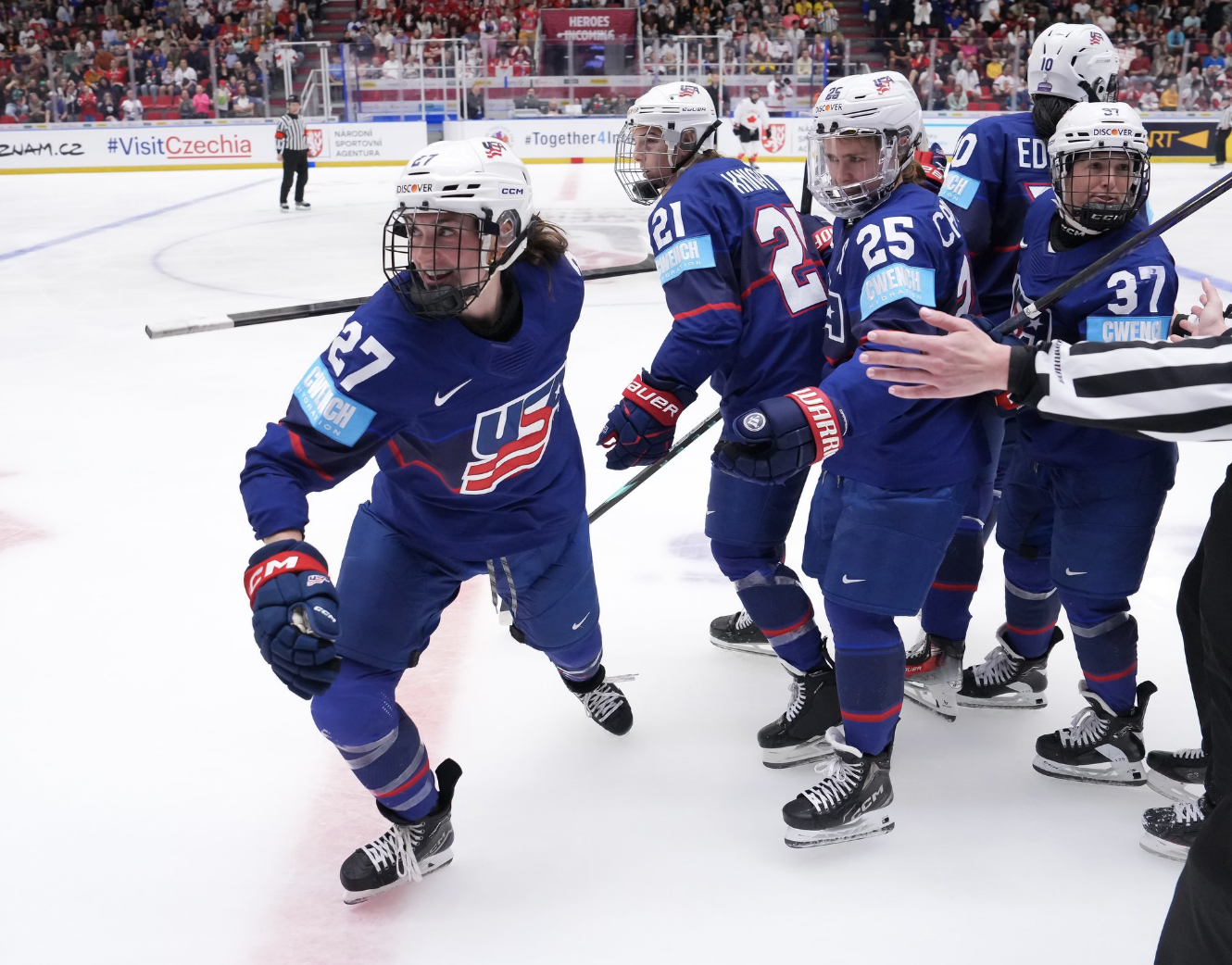
Grade: A
Team USA was dominant offensively this tournament. As if 27 goals wasn’t enough, they outshot their opponents every game until the gold medal meeting with Canada. In four of their seven games, they had a 30+ shot advantage. They got contributions from all over the lineup, with just two skaters (Jesse Compher and Britta Curl) held without a point. 13 of their 22 skaters scored a goal, while 16 tallied multiple points. They perhaps would’ve liked a few more goals to go along with their massive shot advantages, but they faced some outstanding goaltenders who didn’t give them much to work with. So, what they did was impressive enough to warrant an A. If they can replicate this scoring balance at the Olympics next year, they’ll set themselves up well for another gold medal run.
Defense
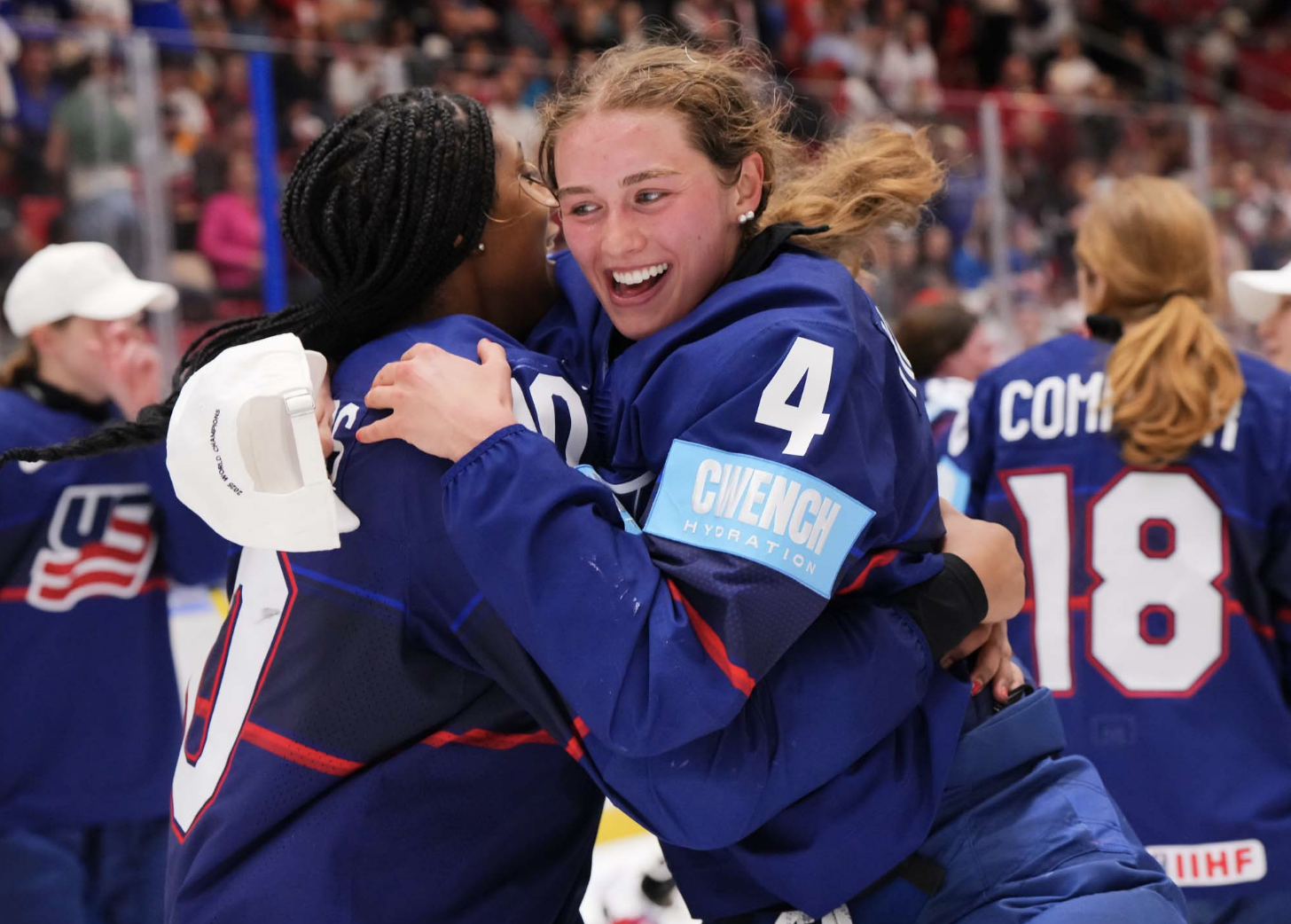
Grade: A-
Overall, it's hard to pick too much at a team that allowed an average of just 17.9 shots per game (125 total). Even considering the talent imbalance between them and many of the countries they faced, that's impressive. The American defense also did a nice job of chipping in offensively, with their eight defenders combining for 23 points. However, they did get sloppy against Czechia in the semifinals, allowing too many odd-player rushes, and they struggled a bit with stretch passes against Canada’s top line of Marie-Philip Poulin, Laura Stacey, and Jennifer Gardiner. So, I’m docking them half a letter grade. That said, the Czechia game was likely just a one-off, and the stretch pass struggles are easily fixable with a few adjustments, so I expect both to be better at the Olympics next year.
Goaltending
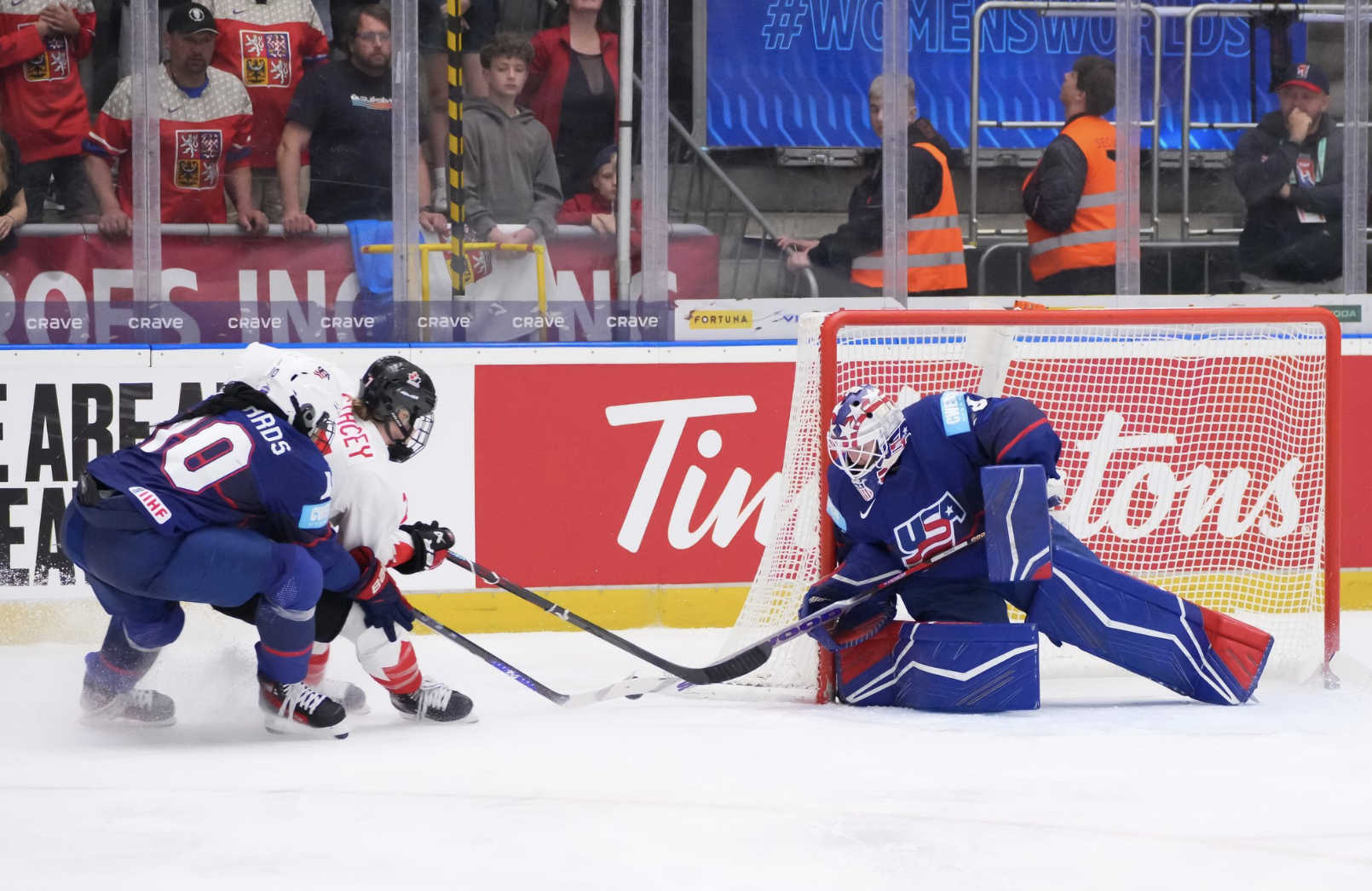
Grade: A
It feels a little funky giving the Americans such a high score for goaltending considering they really weren’t busy. However, seeing only a few shots in a game can be tricky, but the U.S. netminders allowed just six combined goals on 125 shots. Frankel finished second* in the tournament with a 1.05 GAA and 0.945 SV%, while Philips rocked a 0.49 GAA and 0.968 SV%. Even Ava McNaughton got a taste of action, turning aside the three shots she faced after taking over from Philips in the second half of the final preliminary game against Switzerland.
While Frankel was great as always, Philips’ performance was particularly impressive given the circumstances. Over half the shots she faced (18 of 31) came after she entered the third period of the gold medal game following Frankel’s injury. It was just the third appearance she’s made at this stage (all of which came this tournament), but the 24-year-old was unflappable even in 3v3 overtime, where she faced 10 shots, many of which were grade-A opportunities. All in all, they may not have been busy, but the American goaltenders were always ready when called upon, so they get the highest marks.
*Among goaltenders who played at least 40% of their team's minutes, which is the IIHF's ranking cutoff.


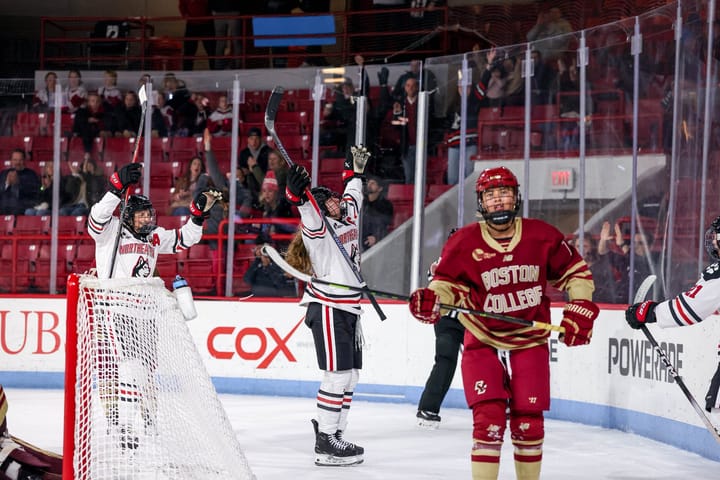

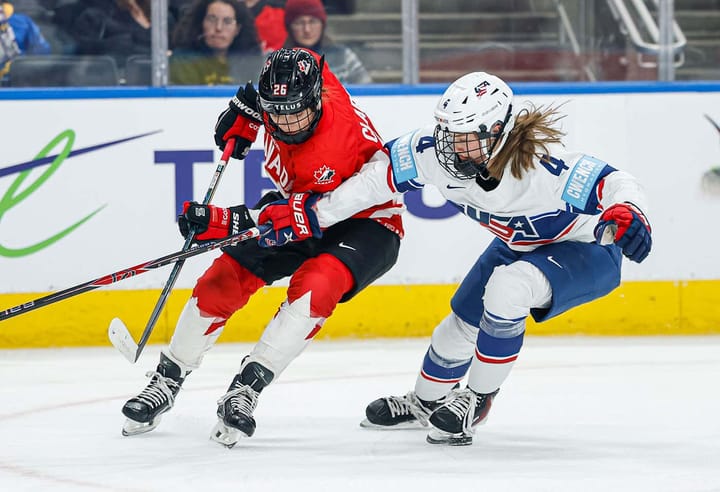
Comments ()